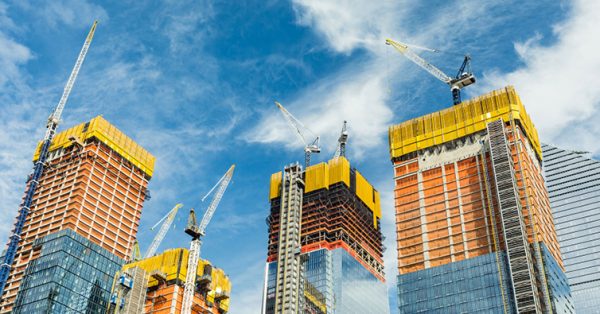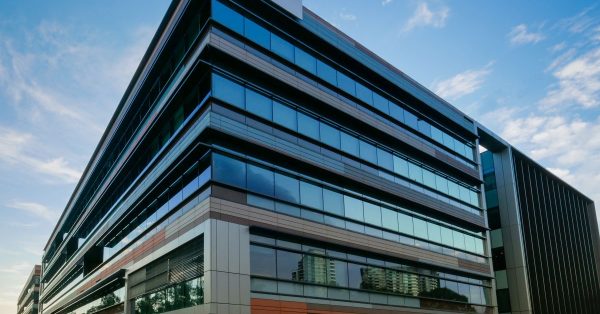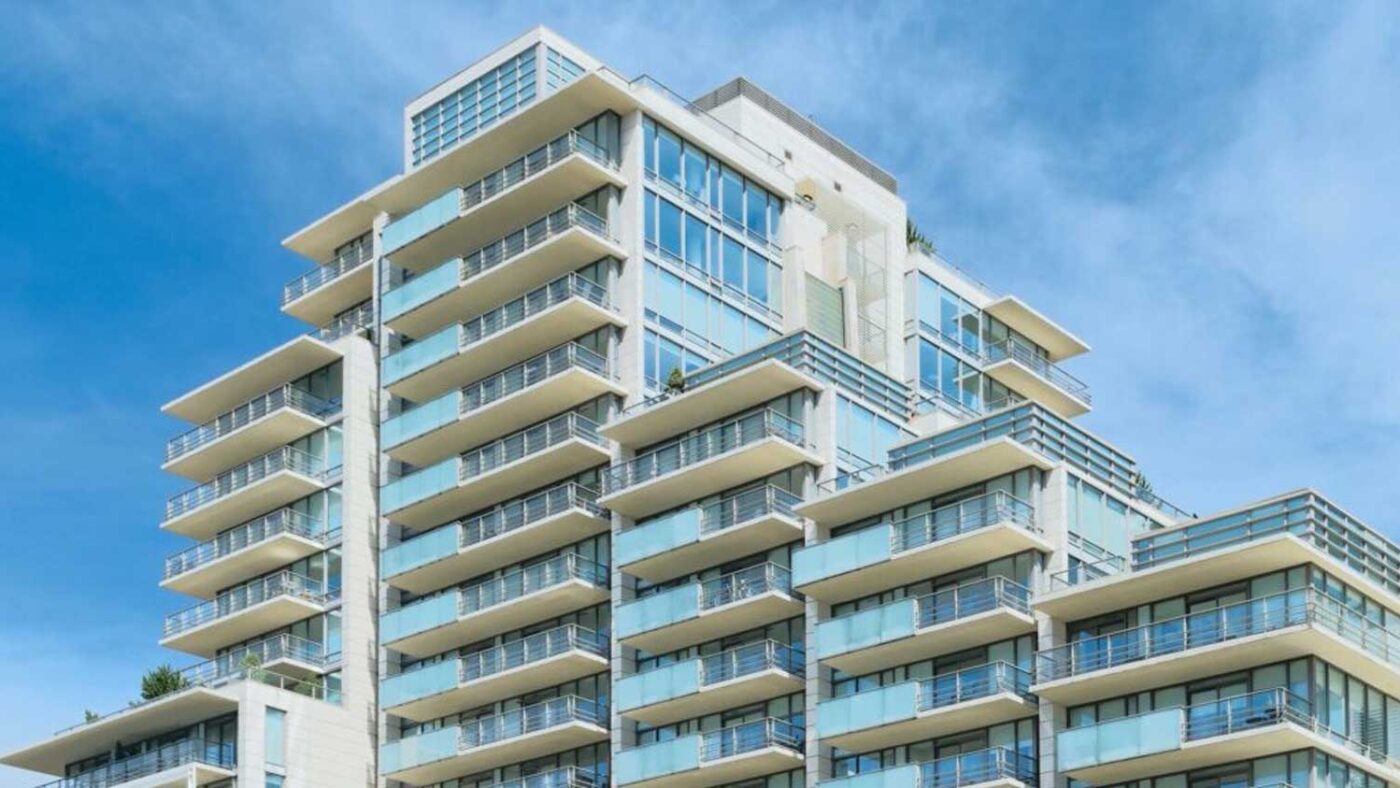Over the last few years, we have seen a surge in apartment construction, yet very few new condominiums. As Millennials start considering homeownership, we anticipate a large uptick in condo conversions to meet that demand. But these conversions can pose plenty of legal risks, making a solid building condition report more important than ever.
Under San Diego Municipal Code §144.0504, for all condominium conversion projects, a Building Conditions Report (BCR) must be prepared by a California registered architect or engineer licensed by the State of California. A condominium conversion shall not be approved until the BCR has been submitted to and accepted by the city as complete. The report shall also be provided to a prospective purchaser prior to opening an escrow account. The purpose and intent of the report are to provide prospective buyers with an analysis of how the building does/does not comply with current codes, and lists the proposed improvements and integral building components with a useful life of five years or less.
Under the City of San Diego Land Development Manual §13.2, the BCR shall discuss the following areas:
- A discussion detailing the level of compliance of the building with current health and safety standards published in the prevailing edition of city-adopted construction codes for the existing integral building components, as well as paved areas and stormwater drainage facilities.
- An evaluation of the existing condition of and current development requirement for recreational facilities and parking.
- A discussion of the actions taken to assure that plumbing, heating and electrical systems that are to remain are operating safely and efficiently.
- A discussion detailing the level of compliance with energy-efficiency standards applicable to heating and cooling appliances and the building envelope surrounding each dwelling unit and common occupied areas.
- A discussion detailing the level of compliance with sound transmission control requirements of the California Office of Noise Control, applicable to sound transmission between dwelling units and between dwelling units and common areas.
- An analysis that identifies the components of the exterior building envelope as well as water heating systems and cooling and heating mechanical systems that are determined to have a remaining life of five years or less. Exterior building envelope components include roof coverings, exterior wall, floor coverings and finishes.
- A description of the building’s current and proposed level of compliance with the accessibility standards in the prevailing edition of the California Building Code for disabled persons.
All of this is great for the prospective buyer of a converted condominium. But what does the seller get out of it, other than spending thousands of dollars for an architect or engineer to produce a BCR?
If done properly, the architect or engineer should perform a Property Condition Assessment (PCA), preferably under ASTM E2018, so that all visual defects can be identified. Once all defects are identified, they can either be addressed, or the information disclosed at the time of sale. The identification of defects protects the seller in two ways. First, a defense to a claim from the purchaser for fraud and failure to disclose. Second, the identified defects are patent defects and are subject to the four-year statute of limitation under CCP §337.1, instead of a 10-year statute of limitation under CCP §337.15.
We recently saw how the disclosure of identified defects to a seller at the time of sale allowed the defense in a lawsuit to file a motion for summary judgment (MSJ) on the grounds that the statute of limitations had expired. In that action, more than five years after the sale of the property, the association filed a lawsuit for construction defects. Not surprisingly, most of the claimed defects were those that were identified as part of the BCR. When the defense learned that a BCR existed during the course of discovery, the BCR was obtained and then used in support of the MSJ, with successful results.
In conclusion, if you are an owner of a condominium conversion project, make sure to get a thorough BCR that can be filed with the city and given to prospective buyers. If you are an attorney, make sure to obtain the BCR prior to proceeding too far in any claim or litigation.
To learn more about VERTEX’s Property Condition Assessment services or to speak with a Construction Expert, call 888.298.5162 or submit an inquiry.
Author
Ron Whitehead
Operations Manager, Xpera Group
This article was originally published by Xpera Group which is now part of The Vertex Companies, LLC.





